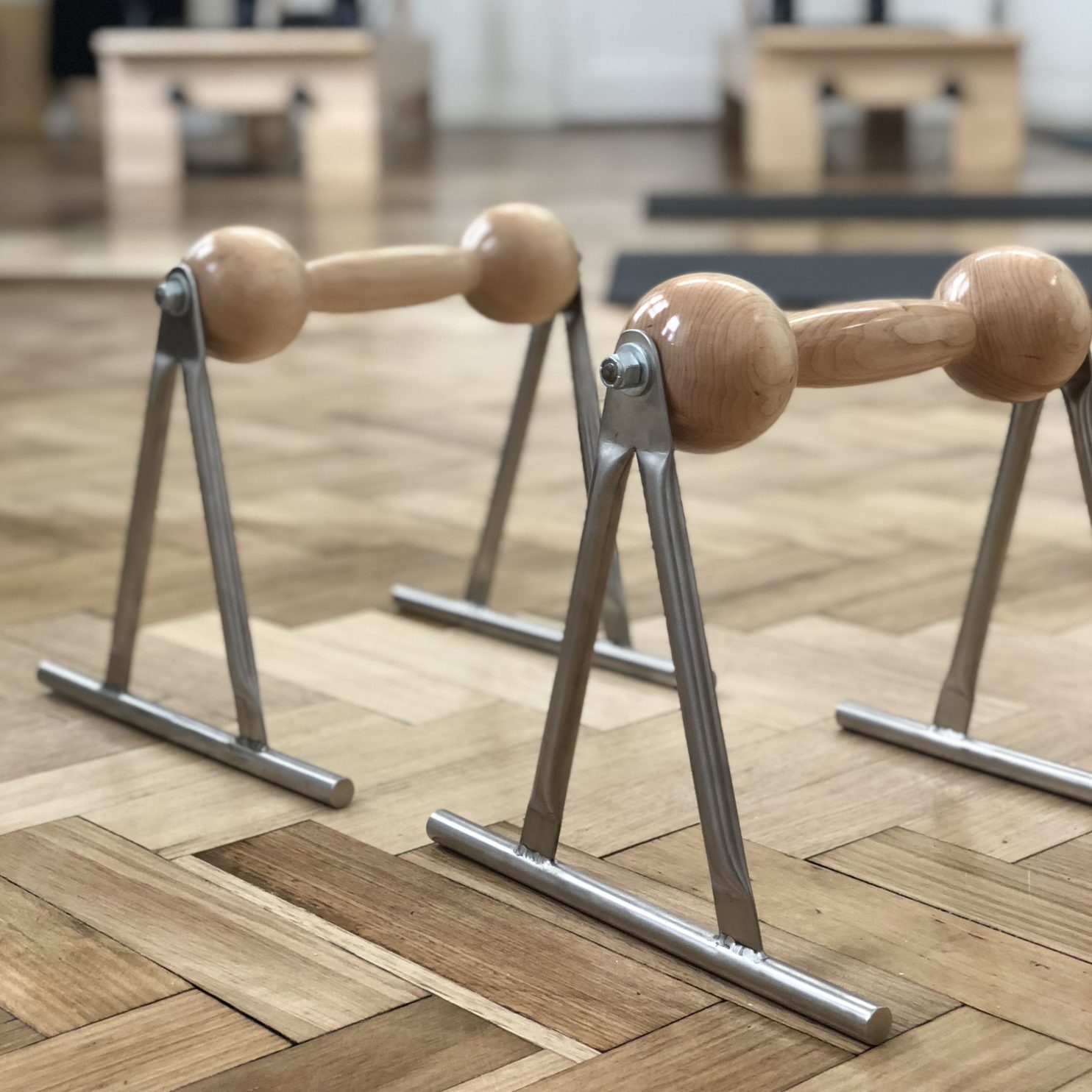According to the Australian Department of Health, “physical activity is the greatest contributor, behind tobacco smoking, to the cancer burden in Australia.” Let that sink in. There’s no denying the relationship between physical activity and health. And likewise, the detrimental effects on our wellbeing from sedentary behaviour. But what counts as physical activity? And how much of it do you need to be healthy?
It’s 6.30am and your alarm goes off. It’s time to move your body. You’ve signed up for a
Finding the motivation to exercise can be tough. What’s tougher though, is dealing with the fall out of not doing enough of it. Prioritising physical activity and limiting the amount of time you spend inactive is essential for short and long-term health.
Physical activity vs sedentary behaviour
Contrary to gym-junkies on Instagram, physical activity isn’t just about logging hours on the treadmill and lifting heavy weights. In fact, it can be basically anything you want.
Physical activity is defined as, ‘any activity that gets your body moving, makes your breathing become quicker and your heart beat faster.’
The general rule is: doing something every day is better than doing nothing. You can go for run or bike ride, enjoy a Pilates class with a friend, or join a local sport team. Whatever you do, just make sure you move your body as much as possible.
The opposite of physical activity is sedentary behaviour – sitting or lying down for a long period of time. It can be easy to fall into the trap of sedentary behaviour while at work, when travelling or when you’re relaxing at home. It’s a trap that can lead to potentially serious health issues.
How much physical activity is enough?
As part of their physical activity guidelines, the World Health Organisation recommends adults aged 18-64 should do at least 150 minutes of moderate-intensity aerobic exercise, or at least 75 minutes of high-intensity exercise, throughout the week. Piece of cake, right?
To see even more health benefits, they recommend boosting that time to 300 minutes per week of moderate, or 150 minutes of high-intensity exercise.
Researchers agree. A study by the American Medical Association, found that middle-aged and older adults who did ‘vigorous physical activity’ saw a 9% to 13% reduction in mortality risk.
Moving more and sitting less can also reduce your risk of cardiovascular disease and type 2 diabetes, help prevent unhealthy weight gain, improve your cognitive and mental health, and even reduce your risk of dementia and Alzheimer’s.
Not bad, huh?
It’s all about making physical activity work for you
If you’re looking for an effective way to increase your physical activity, we offer Pilates classes for every fitness level. It’s a fun, dynamic and rewarding way to incorporate more exercise into your day, and strengthen your body and mind.

